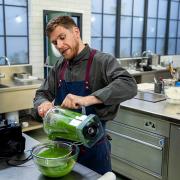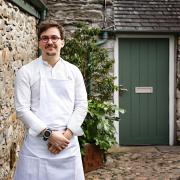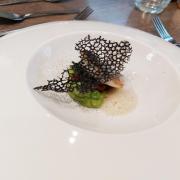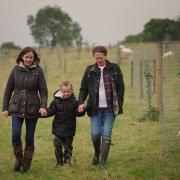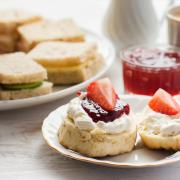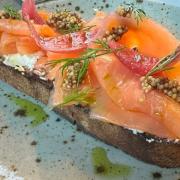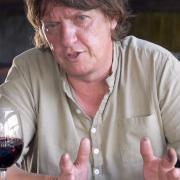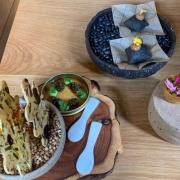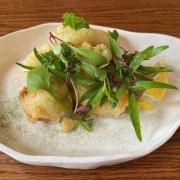Butter is back on the menu. We visit a Longridge dairy producing a special type of spread. Emma Mayoh reports

Butter is back. In the seventies and eighties it was damned as a food villain. Dietary advice on dairy fats linked it with serious medical problems such as heart disease and that allowed margarines and low-fat spreads to flood the market. But the food police failed to find the evidence to back their claims and glorious, golden butter is back on the menu. The truth is that more and more people are choosing it - from spreading it thickly on their toast and crumpets to some eccentric souls who make their coffee with it.
However you use it, Lancashire has some of the best. Grandma Singleton’s are producing a special variety at their dairy in Longridge. The well known cheesemakers, who export their products to more than 30 countries, have been producing traditional whey cream butter since just after the Second World War.
It is a labour intensive process which larger dairies don’t tend to entertain. This means producers are rare and throughout the years at the Longridge dairy, only a handful of people have made it.
John Carr, sales manager, said: ‘Whey butter or farm butter uses a very traditional making process that would have been used on farms for many years. It is different to any other butter in the world. Whey is also very nutritious and has a unique flavour.
The whey cream butter is made from cream separated from the whey left over after the cheese has been made at the Mill Farm dairy. Many producers choose to standardise the milk before making cheese by taking the cream off it. However, at Singleton’s the cream is removed after the cheese production. This is done because the lactic acid produced in this process gives it a sweet, different flavour. The process produces a different kind of cream. The butter is then churned for several hours before being hand cut and wrapped. All the milk comes from farms around the dairy, the furthest being just eight miles away in Chipping.
John, who has worked for Singleton’s for 20 years, said: ‘We can make it because we make cheese in a traditional way. The colour of the butter will change depending on what kind of cheese we have been making. If we have been making red cheeses, the butter ends up being a very strong, golden colour.
‘We have customers who tell us they can really tell a difference from other butters. The different colours really do make it look fantastic too. It’s a product we’re very proud of.’
Danny Newton is the man responsible for making the whey cream butter. He spends his days dedicated to making sure they produce the best whey cream butter they can. Two or three churns are done a week and he can produce anything from 90 to 120 kilos of butter per churn. However, if there is not much cheese being made, it means no butter can be produced either. The majority is sold to Booths supermarkets as well as being sent to a pâtissier in Holland. The resurgence in butter can only be good news for Singletons.
John said: ‘It is a fantastic culinary butter and works really well in baking. Holland is one of our biggest export countries for the cheese so they know our name. The pâtissier loves using our butters in his shop.
‘People really love the butter. I think that’s because we are doing something hand made, a little bit different and we are a local producer.
‘People want to know where their food has come from. They have taken our brand to heart and it is fantastic.’






